Latest Posts by keepouloce - Page 2

Justin Liam O'Brien, Snare, 2023
Oil on linen, 72 x 60 in

Franz Hein

Jang Koal (Korean,b. 1989)
Topsy-Turvy, 2022
Acrylic on hanji

More hairy women everywhere now

Ivy Getty at her wedding, November 2021

Melody Melamed, Carley, The Book of Skin: Shangri-la (2023)

“Many of the women in Heterodoxy moved in corresponding circles and maintained similar beliefs. They were “veterans of social reform efforts,” writes Scutts in Hotbed, and they belonged to “leagues, associations, societies and organizations of all stripes.” A large number were public figures—influential lawyers, journalists, playwrights or physicians, some of whom were the only women in their fields—and often had their names in the papers for the work they were performing. Many members were also involved in a wide variety of women’s rights issues, from promoting the use of birth control to advocating for immigrant mothers.
Heterodoxy met every other Saturday to discuss such issues and see how members might collaborate and cultivate networks of reform. Gatherings were considered a safe space for women to talk, exchange ideas and take action.”
In the early 20th century, New York City’s Greenwich Village earned a reputation as America’s bohemia, a neighborhood where everyone from artists and poets to activists and organizers came to pursue their dreams.
“In the Village, it was so easy to bump into great minds, to go from one restaurant to another, to a meeting house, to work for a meeting or to a gallery,” says Joanna Scutts, author of Hotbed: Bohemian Greenwich Village and the Secret Club That Sparked Modern Feminism. Here was a community where rents were still affordable, creative individuality thrived, urban diversity and radical experiments were the norm, and bohemian dissenters could come and go as they pleased.
Such a neighborhood was the ideal breeding ground for Heterodoxy, a secret society that paved the way for modern feminism. The female debating club’s name referred to the many unorthodox women among its members. These individuals “questioned forms of orthodoxy in culture, in politics, in philosophy—and in sexuality,” noted ThoughtCo. in 2017.
Born as part of the initial wave of modern feminism that emerged during the 19th and early 20th centuries with suffrage at its center, the radical ideologies debated at Heterodoxy gatherings extended well beyond the scope of a women’s right to vote. In fact, Heterodoxy had only one requirement for membership: that a woman “not be orthodox in her opinion.”
“The Heterodoxy club and the work that it did was very much interconnected with what was going on in the neighborhood,” says Andrew Berman, executive director of Village Preservation, a nonprofit dedicated to documenting and preserving the distinct heritage of Greenwich Village. “With the suffrage movement already beginning to crest, women had started considering how they could free themselves from the generations and generations of structures that had been placed upon them.”
Unitarian minister Marie Jenney Howe founded Heterodoxy in 1912, two years after she and her husband, progressive reformer Frederic C. Howe, moved to the Village. “Howe was already in her 40s,” says Scutts, “and just got to know people through her husband’s professional connections, and during meetings and networks where progressive groups were very active at the time.”
Howe’s mindset on feminism was clear: “We intend simply to be ourselves,” she once said, “not just our little female selves, but our whole big human selves.”
Many of the women in Heterodoxy moved in corresponding circles and maintained similar beliefs. They were “veterans of social reform efforts,” writes Scutts in Hotbed, and they belonged to “leagues, associations, societies and organizations of all stripes.” A large number were public figures—influential lawyers, journalists, playwrights or physicians, some of whom were the only women in their fields—and often had their names in the papers for the work they were performing. Many members were also involved in a wide variety of women’s rights issues, from promoting the use of birth control to advocating for immigrant mothers.
Heterodoxy met every other Saturday to discuss such issues and see how members might collaborate and cultivate networks of reform. Gatherings were considered a safe space for women to talk, exchange ideas and take action. Jessica Campbell, a visual artist whose exhibition on Heterodoxy is currently on display at Philadelphia’s Fabric Workshop and Museum, says, “Their meetings were taking place without any kind of recording or public record. It was this privacy that allowed the women to speak freely.”
Scutts adds, “The freedom to disagree was very important to them.”
With 25 charter members, Heterodoxy included individuals of diverse backgrounds, including lesbian and bisexual women, labor radicals and socialites, and artists and nurses. Meetings were often held in the basement of Polly’s, a MacDougal Street hangout established by anarchist Polly Holladay. Here, at what Berman calls a “sort of nexus for progressive, artistic, intellectual and political thought,” the women would gather at wooden tables to discuss issues like fair employment and fair wages, reproductive rights, and the antiwar movement. The meetings often went on for hours, with each typically revolving around a specific subject determined in advance.
Reflecting on these get-togethers later in life, memoirist Mabel Dodge Luhan described them as gatherings of “fine, daring, rather joyous and independent women, … women who did things and did them openly.”
Occasionally, Heterodoxy hosted guest speakers, like modern birth control pioneer Margaret Sanger, who later became president of the International Planned Parenthood Federation, and anarchist Emma Goldman, known for championing everything from free love to the right of labor to organize.
While the topics discussed at each meeting remained confidential, many of Heterodoxy’s members were quite open about their involvement with the club. “Before I’d even heard of Heterodoxy,” says Scutts, “I had been working in the New-York Historical Society, researching for an [exhibition on] how radical politics had influenced a branch of the suffrage movement. That’s when I began noticing many of the same women’s names in overlapping causes. I then realized that they were all associated with this particular club.”
These women included labor lawyer, suffragist, socialist and journalist Crystal Eastman, who in 1920 co-founded the American Civil Liberties Union to defend the rights of all people nationwide, and playwright Susan Glaspell, a key player in the development of modern American theater.
Other notable alumni were feminist icon Charlotte Perkins Gilman, whose 1892 short story, “The Yellow Wallpaper,” illustrates the mental and physical struggles associated with postpartum depression, and feminist psychoanalyst Beatrice M. Hinkle, the first woman physician in the United States to hold a public health position. Lou Rogers, the suffrage cartoonist whose work was used as a basis for the design of Wonder Woman, was a member of Heterodoxy, as was Jewish socialist activist Rose Pastor Stokes.
Grace Nail Johnson, an advocate for civil rights and an influential figure in the Harlem Renaissance, was Heterodoxy’s only Black member. Howe “had personally written to and invited her,” says Scutts, “as sort of a representation of her race. It’s an unusual case, because racial integration was quite uncommon at the time.”
While exceptions did exist, the majority of Heterodoxy’s members were middle class or wealthy, and the bulk of them had obtained undergraduate degrees—still very much a rarity for women in the early 20th century. Some even held graduate degrees in fields like medicine, law and the social sciences. These were women with the leisure time to participate in political causes, says Scutts, and who could afford to take risks, both literally and figuratively. But while political activism and the ability to discuss topics overtly were both part of Heterodoxy’s overall ethos, most of its members were decidedly left-leaning, and almost all were radical in their ideologies. “Even if the meetings promoted an openness to disagree,” says Scutts, “it wasn’t like these were women from across the political spectrum.”
Rather, they were women who inspired and spurred each other on. For example, about one-third of the club’s members were divorced—a process that was still “incredibly difficult, expensive and even scandalous” at the time, says Scutts. The club acted as somewhat of a support network for them, “just by the virtue of having people around you that are saying, ‘I’ve gone through the process. You can, too, and survive.’”
According to Campbell, Heterodoxy’s new inductees were often asked to share a story about their upbringing with the club’s other members. This approach “helped to break down barriers that might otherwise be there due to their ranging political views and professional allegiances,” the artist says.
The Heterodoxy club usually went on hiatus during the summer months, when members relocated to places like Provincetown, Massachusetts, a seasonal outpost for Greenwich Village residents. As the years progressed, meetings eventually moved to Tuesdays, and the club began changing shape, becoming less radical in tandem with the Village’s own shifting energy. Women secured the right to vote with the ratification of the 19th Amendment in 1920, displacing the momentum that fueled the suffrage movement; around this same time, the Red Scare saw the arrests and deportations of unionists and immigrants. Rent prices in the neighborhood also increased dramatically, driving out the Village’s bohemian spirit. As the club’s core members continued aging, Heterodoxy became more about continuing friendships than debating radical ideologies.
“These women were not all young when they started to meet,” says Scutts in the “Lost Ladies of Lit” podcast. “You know, it’s 20, 30 years later, and so they stayed in touch, but they never really found the second generation or third generation to keep it going in a new form.”
By the early 1940s, the biweekly meetings of Heterodoxy were no more. Still, the club’s legacy lives on, even beyond the scope of modern feminism.
“These days, it’s so easy to dehumanize people when you’re only hearing one facet of their belief system,” says Campbell. “But the ability to change your mind and debate freely like the women of Heterodoxy, without any public record? It’s an interesting model for rethinking the way we talk about problems and interact with other people today.”





Nancy Spungen in London, 1977. Photo by Ray Stevenson
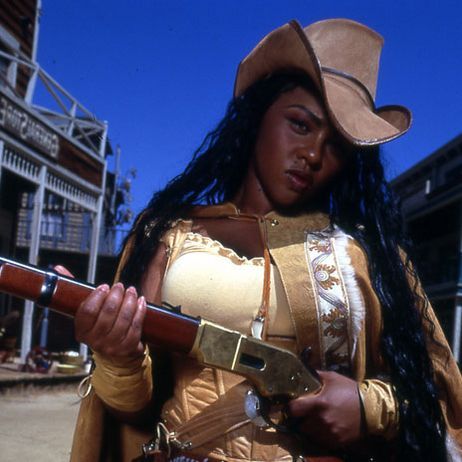
Lil Kim In “Gang Of Roses” (2003)

in the woods somewhere

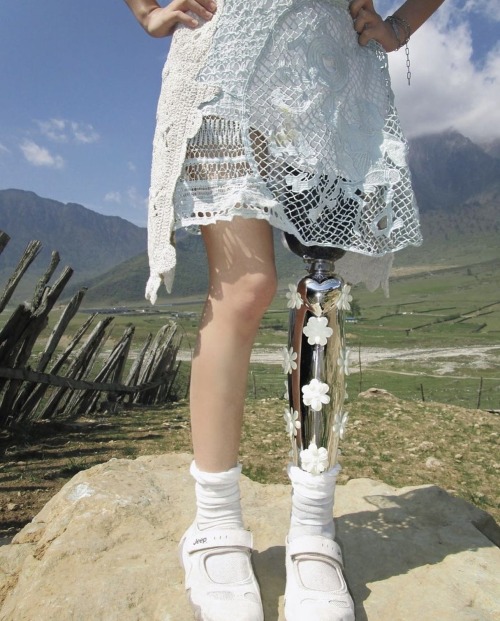
Xiao Yang's custom prosthetic leg by YVMIN

Cherry blossoming in Japan, taken by Ryu Haharu


hey new t-shirt dropped (:
as always i make the designs, construct the screens, and handprint all of these shirts. while this particular design isn't explicitly queer, it is inspired by butch dykes. There were some misprints, so if you don't see your size but would still love a tshirt, message me and i can get you a misprint at a discounted rate. i would love your support, and need it to keep making more designs. you can find the listing here.


Source : Intimacies - Photos by Tee A. Corinne

hustler april 1977

The LA Lesbian House 1972-73, by Bee Ottinger
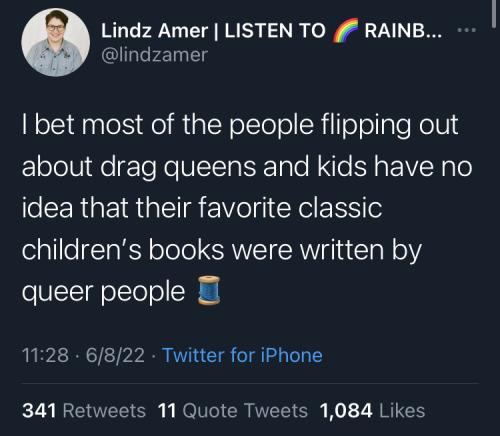
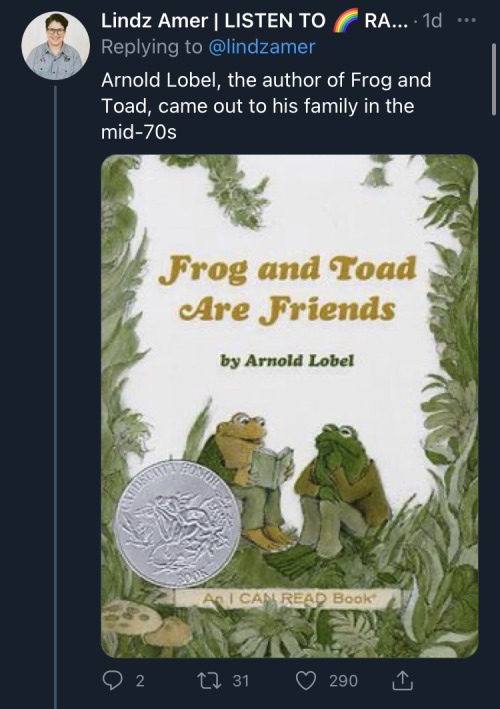
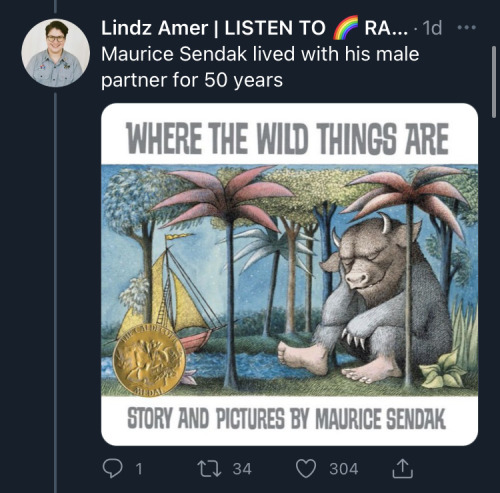
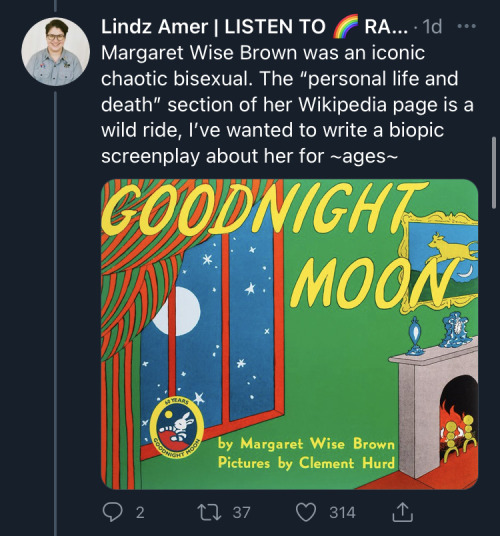
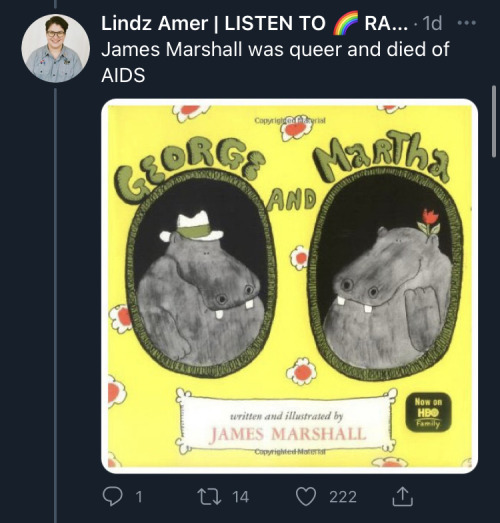
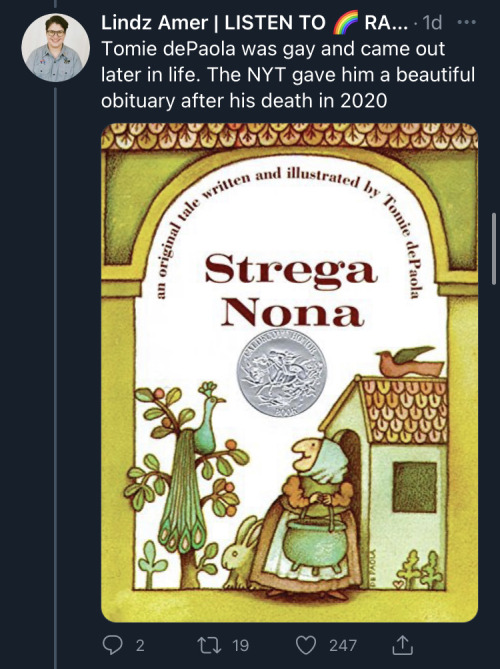


st. joan of arc, giovanni gasparro, oil on canvas, 2018

![EDVARD MUNCH / “THE STORM” / 1893 [oil On Canvas | 36 1/8 X 51 1/2″]](https://64.media.tumblr.com/cfc97e017b3c7e23c85e4bc431efb0eb/058e64b3eccda016-87/s500x750/4b060960549a325d459fecfb2f78397ebc73ef43.jpg)
EDVARD MUNCH / “THE STORM” / 1893 [oil on canvas | 36 1/8 x 51 1/2″]
God…sorry for party rocking…I guess

Insectes Pl.16 (1929). Emile-Allain Séguy (French, 1877-1951)
A good novel is elusive; as a film-maker you don’t ever really possess it, you only get an idea of it and you work on that idea. . . . What, then, is a good film taken from a good book? It’s a film that picks up every impulse of the writing and finds a way of changing it into an image. The effort requires not faithfulness but invention and often betrayal. The goal is to get to the heart of the book, or at least the idea that the screenwriters and the directors have formed of it. If that is achieved, the most unfaithful film can turn out to be mysteriously close to the text. It’s what happened with Gyllenhaal. Her film seems scrupulously close to the book precisely because it has the faithfulness of betrayal: the most productive, amazing and difficult type of faithfulness, in life as well.
Elena Ferrante, on the Lost Daughter (2021) in an interview with the New Statesman

on knowledge
We saw you from across the bar and we dug your vibe

